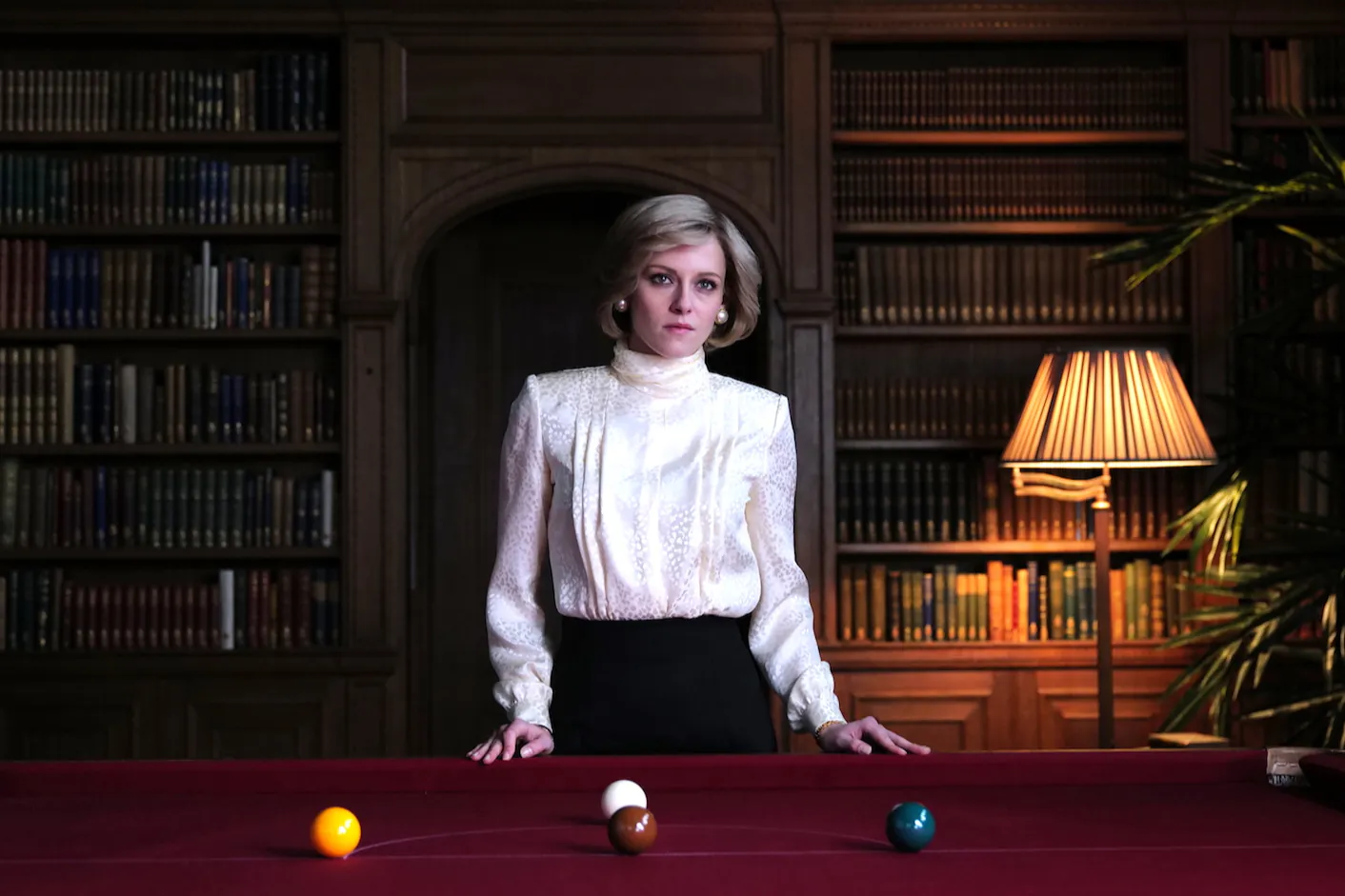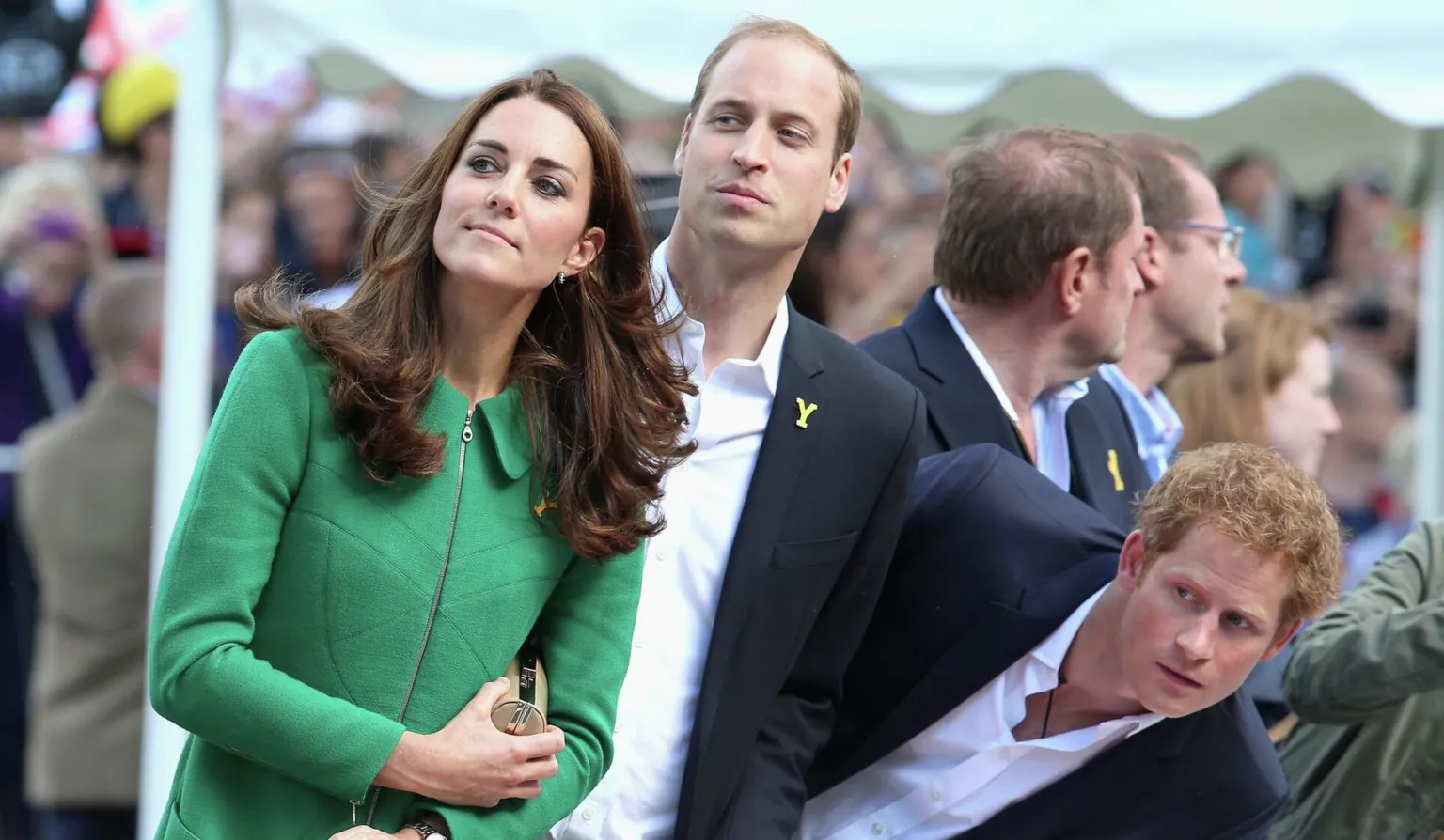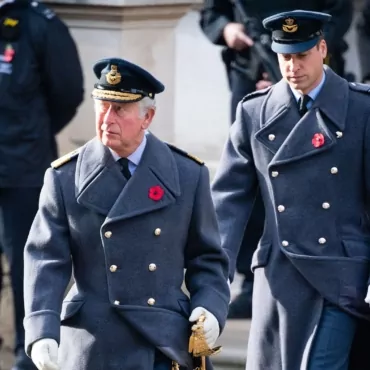A special relationship with the color black

Black clothing – for mourning – is a tradition that is widespread throughout the world. However, the British royal family has two more rules regarding the color black in the closet. First of all, wearing black on normal days is forbidden. Princess Diana’s much-talked-about “revenge dress” caused a sensation not only because of its bare shoulders and above-the-knee length, which also, of course, violates the royal fashion etiquette, but its color was a challenge.
Secondly, according to official protocol, members of the royal family always take black vestments with them on any trip – a regulation designed in case of sudden tragedy.
Handshakes

During social events, official state receptions or other meetings involving monarchs, guests are not allowed to offer their hand first – the king and queen choose whom they are willing to touch. The rule has been in force for centuries and applies, among others, to members of the royal family themselves.
Weigh-in before and after Christmas dinner.

The custom, which goes back to the reign of Edward VII, says that if the weight has increased, then the guests really enjoyed the meal. Queen Elizabeth II always performed this ritual and demanded the same of each of her guests who joined her at the festive table at Sandringham, and a set of antique scales was used to measure.
The drama “Spencer,” featuring Kristen Stewart as the Princess of Wales, vividly depicts how the weigh-in happens. As the story goes, Diana, who was known to suffer from an eating disorder, asked for permission to give up performing a ritual she hated.
Banned Monopoly.

To diversify their leisure time, members of the royal family, as well as quite ordinary people, often play board games. But the famous Monopoly is on the list of banned entertainment. As Prince Andrew explained, his mother, Queen Elizabeth II, banned this economic board game in the family because of its excessive gambling and detrimental moral influence on participants.
The meal to end, the meal to continue

According to royal etiquette, if the sovereign has finished the meal, guests should also stop eating. It is said that Queen Elizabeth II was not at all bothered by the satiety of the other participants of dinners and lunches – she preferred to quickly “deal with the gastronomic agenda” and proceed to her further duties.
Another rule of royal banquets forbids guests from getting up from the table while the monarch continues a conversation or enjoys the food.
Bedtime

Traditionally, all members of the royal family regularly gather after dinner for drinks and small talk in the drawing room – seemingly nothing out of the ordinary, except that no one can go to bed before the monarch. The rules were occasionally broken by Princess Diana, who, according to one of Elizabeth’s former secretaries, really disliked such family evenings.
No autographs

In order to prevent attempts to forge royal signatures, security protocols prohibit the monarch and his immediate family from signing autographs. However, Princes William and Harry have often broken the ban by signing cards to female fans.
Shorts only up to age 8
The tradition applies not only to the royal family, but to all aristocrats. It is considered mauvais to dress a son over the age of 8 in shorts. The rule of etiquette has been around in social circles for over four centuries.
The journeys of direct heirs
Direct heirs to the British throne cannot fly on the same airplane – a protocol designed to reduce the risks of interrupting the royal dynasty in the event of a plane crash. For example, King Charles III never travels with Prince William, who in turn is expected to start traveling separately from his son, Prince George, when he turns 12.
The wedding license and the bride’s bouquet
According to a law that was passed in 1772, all members of the royal family were required to ask the sovereign for a written blessing for a wedding. In 2015, Her Majesty Queen Elizabeth II, apparently very tired of signing such papers, decided to change the existing order. Now only the monarch’s immediate family members need a marriage license signed by the monarch.
Another wedding tradition concerns the bouquets of royal brides. Since the V&A, it has been customary to include one or more sprigs of myrtle in a floral arrangement. In addition, the bride does not throw the bouquet to her bridesmaids, but gives it to the tomb of the Unknown Soldier in Westminster Abbey.
The sex of the unborn child
In the royal family it is not customary to find out the sex of the future child in advance. When one of the couple is in a position, the name and sex of the baby become the subject of heated discussions in the press and even a way to make money for betting shops, as the number of people who want to make a gamble out of the appearance of the heir to the world, as a rule, off the scale.
A code name and a rehearsed funeral.
Cabinet ministers think through the funeral scenario for senior members of the royal family long before there are any signs of concern about their health. The unpleasant procedure takes quite a bit of time and involves planning a huge number of details – from the line of notification (family, press, organizations and other nations) to the many nuances of the ritual procession. The sovereign, of course, is kept informed of all decisions made and can influence some of them if it wishes.
To avoid sad news leaking out before all important parties have been informed, senior family members are given code names – usually the name of one of the bridges in the UK. Prince Philip, for example, had the name “Forth Bridge,” a bridge in Edinburgh, and Her Majesty Queen Elizabeth II had the name “London Bridge.”
The Balmoral Trial
This unspoken custom is devoted to a whole episode of the series “The Crown”, after watching which fans of the historical drama had a number of questions. One of the main ones is, does the “Balmoral test” really exist?
But in order. The essence of the so-called vetting is to get to know the person who has the prospect of becoming particularly close to the royal family (becoming part of it or, in the case of the Prime Minister, being in constant contact with the sovereign). To this end, the guest is invited to the hotly beloved royal castle of Balmoral.
The royal experts claim that it is actually an “unspoken code of conduct” that all guests of the royal family must be familiar with, and the name “test” or “trial” is only given to those who are not well acquainted with court life. However, the tradition is still there! As The Telegraph wrote, Prince Philip, Diana Spencer, Elizabeth Bowes-Lyon (George VI’s wife), and even Wallis Simpson (Edward VIII’s sweetheart), who failed the “test” with a bang.
